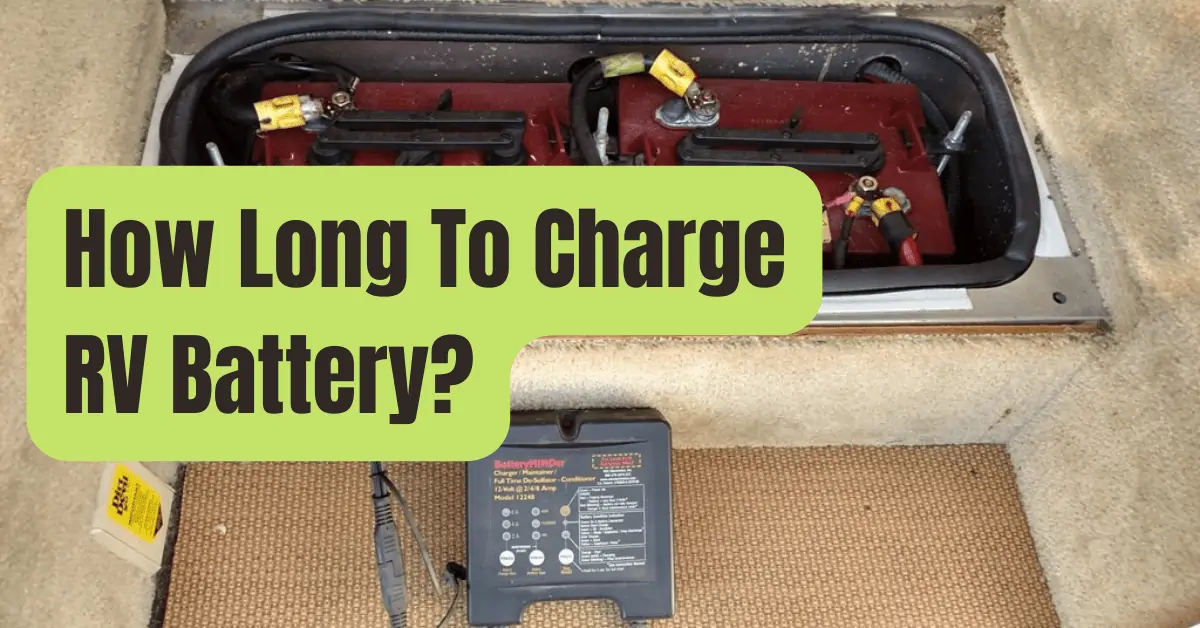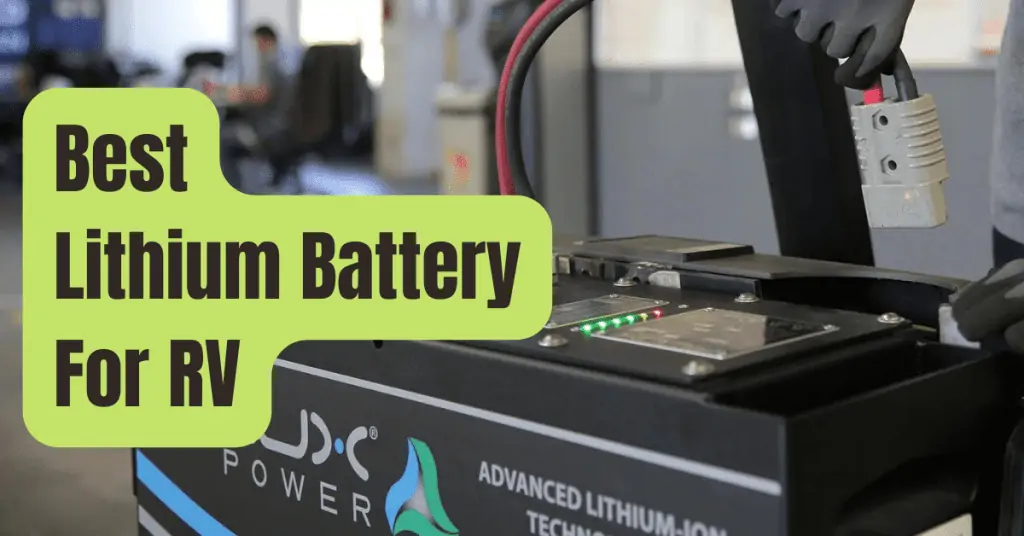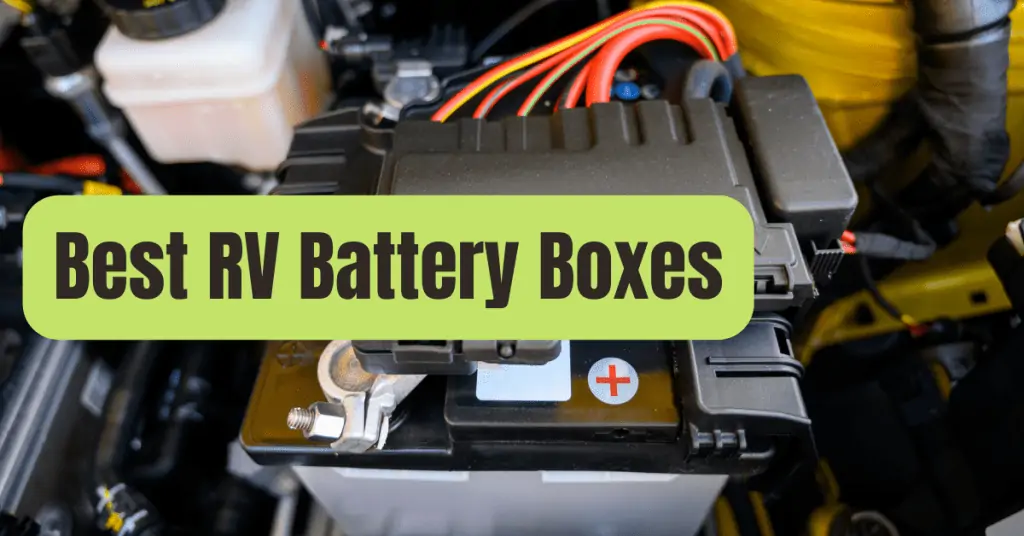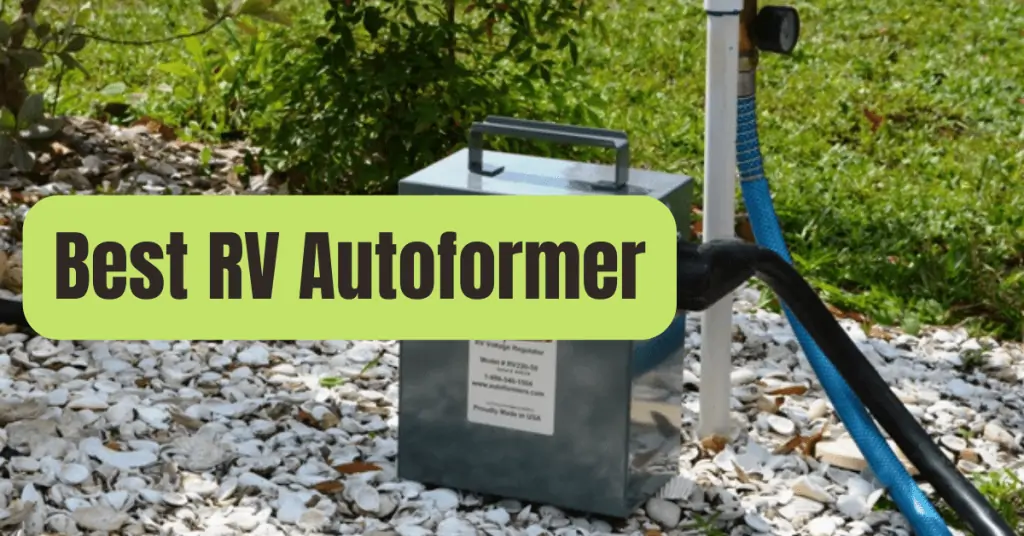We will address the following query in this blog post: How long does it take a vehicle to charge an RV battery? We’ll go through how to maintain, charge, and clean an RV battery.
How Long Does It Take A Vehicle To Charge An Rv Battery?
With a truck, it may take up to 10 hours for a minimum capacity and up to 40 hours for a full charge to fully charge an RV battery.
Naturally, this presupposes that the battery was totally discharged.
Additionally, it will differ based on the usage and capacity of the RV battery.
The RV battery may be recharged most effectively using AC power.
When anything goes wrong, a generator may aid with charging and, most importantly, it can power your trailer and 110-volt appliances like air conditioning.
Although there are supposedly “quiet” variants, most camping and event venues have tight limitations for this loud, polluting choice.
Here are the most typical kinds of RV batteries and some information about them:
| Battery capacity | Charge time | Details |
| 12 volt (group 24) | 140 minutes on 25 amps | This entry level battery is perfect for constantly plugged-in trailers. It will be utilized to sporadically supply your trailer in the case of a breakdown or during a brief pause while you are traveling. It is the most affordable to purchase. |
| 12 volt (group 27) | 175 minutes on 25 amps | This battery will provide a little bit longer range and will be a wise option for travelers who stay in campsites with amenities for lengthy enough periods of time. |
| 12-volt battery (group 31) | 15 min on 25 amps | The 12-volt option with the longest range is more costly to purchase. |
| Two 6 volt batteries | 440 min on 25 amps | Use two 6-volt batteries in pairs for the most autonomy possible. Two slots will be needed for this kind of battery, which provides the longest duration. For those who camp off-field, attend festivals, or stay in unserviced campsites in national parks, this could be an excellent choice. |
What Distinguishes A 12-Volt RV Battery From A 6-Volt RV Battery?
A 12-volt battery is often thought of as your “household source,” or the power supply for your appliances.
You may use the all-purpose energy it provides to power your water pump, refrigerator, or for lights.
A 12-volt battery or two 6-volt batteries connected in series or parallel may be used for this.
They are both deep cycle batteries using lead-acid batteries with 2.1-volt cells in both instances.
Compared to 12-volt batteries, 6-volt batteries have 3 cells per battery.
Exists a distinction, and if so, which configuration should be used?
Compared to 12-volt batteries, 6-volt batteries are often bigger but considerably lighter (around 20 kilograms) (45 kilos).
Two 6-volt batteries are becoming more and more popular among RV owners who want to power their cars.
Why? As a result of the fact that this approach has the benefit of boosting lifetime while doubling voltage without increasing ampere-hour.
6-volt batteries have a longer lifespan because they feature bigger accumulator plates and more evenly distributed cells, which produce deeper discharges.
Instead, use two 12-volt batteries that are connected in series or parallel to achieve double the voltage and amp-hour.
The two arrangements each have their own applications.
This is done to see if you have the room to install 6-volt batteries and to determine the needs of your equipment.
What Does “Deep Discharge” In The Context Of RV Batteries Mean?
When we refer to “deep discharge,” what we really mean is how long a battery takes to deplete and how much power may be pulled from it over time.
Deep cycle batteries are highly advised for RV campers since they contain significantly thicker battery plates designed to be continuously drained and recharged.
Deep cycle batteries’ amperage is expressed in “ampere-hours,” where one ampere-hour is equal to the energy output over a 20-hour period.
Additionally, a battery’s “reserve capacity” may be determined.
What Distinguishes A Battery Made For An RV From One Made For A Car?
Lead batteries are involved in both situations.
They are thus using a network of 2.1-volt batteries.
These batteries are made up of accumulator plates made of lead and lead oxide that are immersed in an electrolyte that is conductive and is composed of water and sulfuric acid.
The amount of energy stored by the batteries in the battery is determined by the size of the plates and the quantity of electrolyte.
Keep in mind that a battery can only store energy; it cannot create it.
The greatest RV batteries exhibit “deep drain,” as we discussed above.
You can draw a steady current from them for a long time thanks to them.
Additionally, they are made to often discharge and recharge.
Instead, a vehicle battery is designed to provide a lot of current in a short amount of time.
Simply said, a deep cycle battery is made to continuously power your home appliances when you are not directly hooked into an electrical grid, as opposed to your car’s battery, which is needed seldom to start the engine.
How Should An RV Battery Be Kept?
It’s critical to store your RV’s battery correctly to prevent damage.
To begin with, never store a fully depleted battery since doing so will cause the accumulator plates to crystallize and harden.
Because batteries self-discharge, it’s crucial to frequently recharge them to avoid harm.
As a result, we advise charging a stored battery once every three months.
So How Does One “Clean” A Battery In An RV?
All steps must be taken to keep your battery functioning correctly! It’s crucial to thoroughly clean your battery; do it often.
Waiting until rust has built up will cause the equipment irreparable harm.
Get your old clothing out first.
You would paint your bedroom with the colors you don’t like.
Bring clothing and items to protect your skin and your eyes (glasses) (gloves).
If you get acid on you, it might be harmful.
To clean the battery’s exterior, use a metal brush or toothbrush with hot water and baking soda.
If you feel like it, you may use Vaseline to coat the connections with petroleum jelly to stop them from rusting too soon.
Last Thoughts
A battery that is advertised as “maintenance-free” will nonetheless need some maintenance.
The battery must be kept dry and enclosed in a plastic box with a cover in order to prevent damage from the weather and oxidation of the connections.
We advise charging it once per month while it’s being stored throughout the winter.
A battery has a three-year lifespan on average.
Please don’t hesitate to get in touch with us if you have any questions or need to update your battery.
Additionally, feel free to express any opinions you may have on RV batteries.
FAQs
How long should a trailer battery be recharged?
It might take up to 40 hours to fully recharge a battery.
Naturally, this cooldown assumes that it is entirely empty.
Additionally, it will change based on its use and capacity.
The battery may be recharged most effectively using AC power.
A smart battery charger is what?
The goal of smart battery chargers, which are based on the most recent technological advancements, is to make users’ tasks easier.
Additionally, throughout the charging process, this sort of charger examines the battery’s condition and type.
Which battery should I install on a trailer?
A 12-volt battery or two 6-volt batteries connected in series or parallel may be used for a trailer.
They are both deep cycle batteries using lead-acid batteries with 2.1-volt cells in both instances.
What charge should I give a 12V battery?
Always charge batteries, stopping the charge between 2.25 V and 2.4 V per cell.
Either: 6.75 to 7.2 volts for a 6 volt battery, or 13.5 to 14.4 volts for a 12 volt battery.










